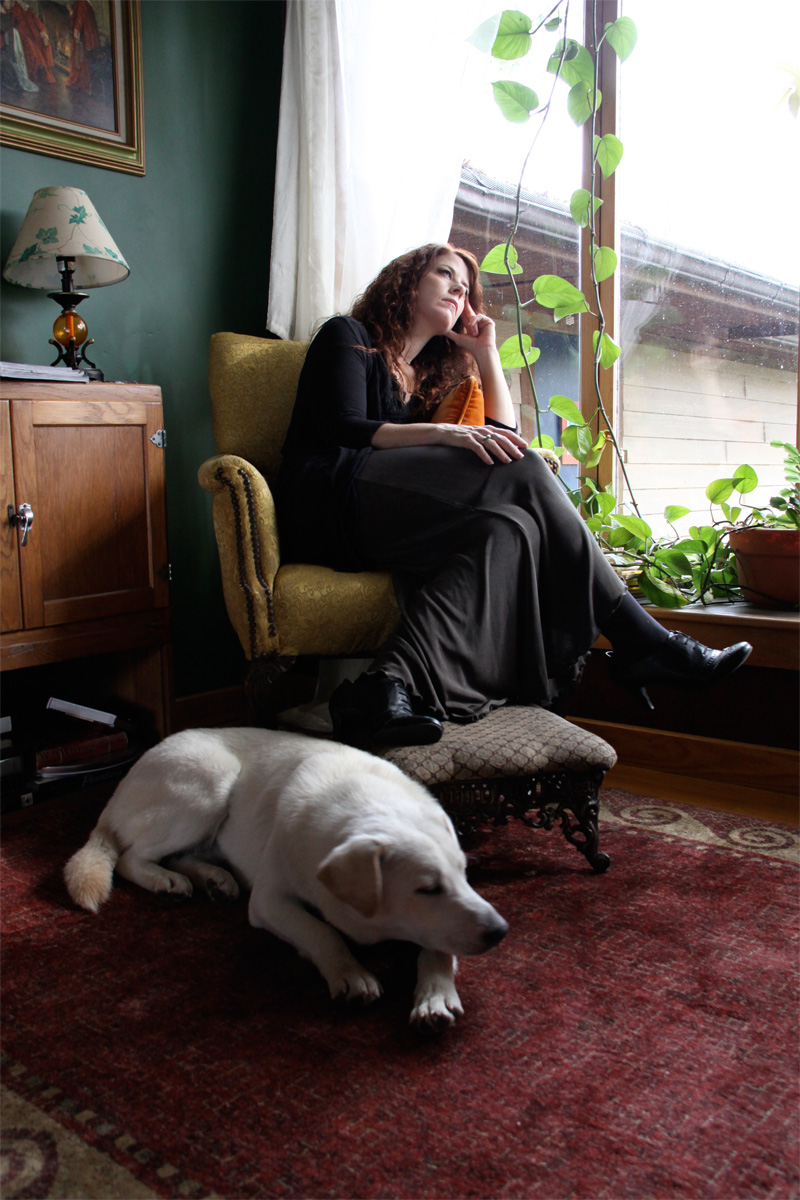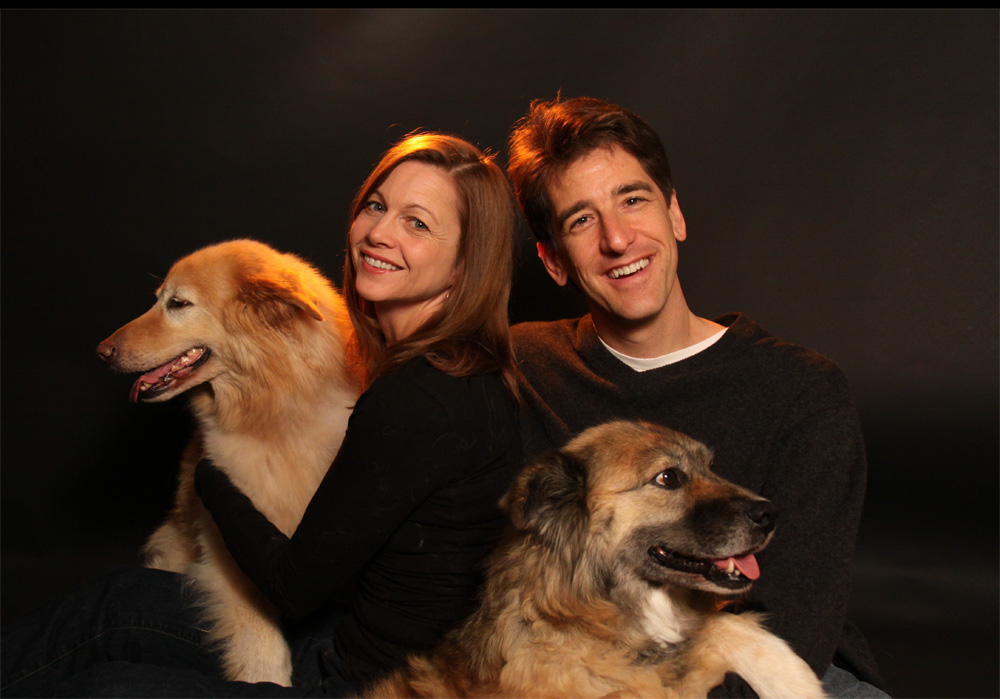




 |
|
 |
|
| |
 |
| |
|
| |
|
| |
|
| |
|
| |
|
 |
|
 |
|
I make my living taking video images, photos and editing them together. I also teach people how to do this. It's a lot of FUN!
When I was a kid, I never thought I'd be doing this for a living. I thought I'd be a musician or a scientist- but now it's what I do and I love it.
LINK: Bloom Magazine article
Good photography skills can be used for lots of different and fun jobs. There are portrait photographers and photo-journalists. These are people who take photos for newspapers and magazines. There are fashion and wedding photographers, and anyone who shoots films and TV shows has to be good at photography.
That's right - all of the best DPs (Director of Photograpy) and video shooters are also really good photographers. They use the same skills. And animations. Do you know any of Timothy Burton's stop-motion, animated films? He uses still cameras.
How many of YOU have been taking pictures? What do you like to take pictures of?
In this short session I'm going to teach you a few things- and I bet a lot of you already know some of these things.
Get a camera!
A lot of you already have cellphones and they can work really well. There are a lot of inexpensive and good cameras you can get. Do your parents have one you can use? Maybe you can talk them into buying one. I bet you have techniques for getting things you want from them :-). Remember, a camera can be for the whole family.
There are many different kinds out there. Most folks like digital, since you don't need film and developing. It also makes it easy to view, edit and share them. A lot fo cameras let you shoot video too! However film is still used quite a bit for certain types of pictures, such as those that have to be really big. There are a lot of older film cameras out there that still work just fine. That's one way to get a high-end camera inexpensively.
Point & Shoot - These are small and easy to take with you on trips. I bet most of you have seen these! I know several professionals who always take these with them. That way they never miss a photo opp.
(D)SLR - (Digital) Single Lens Reflex - These are what most serious amateurs and professionals use. They are big and clunky, but allow you to take control over all of the various parameters such as shutter speed, focus, and aperture (the size of the opening). They have a mirror, letting you see exactly what the camera is seeing when you take the picture.
LINK Canon 5D MkII DSLR
Mirrorless SLRs - These have most of the benefits of a larger DSLR, but don't use a mirror and separate viewfinder. They are much thinner, because they don't use a mirror . Instead you have to frame the image through the LCD screen on the back of the camera.
You can take lots of different kinds of pictures. In general they can be broken down into:
You can take a few different approaches. If you are doing natural or documentary-style photos, you're going to try to artisitcally capture your subjects without artificial lights, poses, and setups (E.g. posing & lights). Your goal is to capture your subjects as directly and honestly as possible. This is what nature, sports, and photo journalist photographers do.
You can also control your subject and the enironment they are in with posing and lighting. This is what you'd do in the studio or in the field when you add lighting, posing, and possibly set elements, such as backdrops or set pieces.
I like to do both of these things.


Look at a lot of pictures and TAKE EVEN MORE! Share them with your friends and family. If you have a facebook page post them there and enter photo contests for kids. The more you do it, the better you'll get!
Here are some fun galleries to look at:
Try experimenting with different angles. Everyone always starts with photos at eye level but you can get some interesting shots if you get the camera low or high.
Find a point of interest.